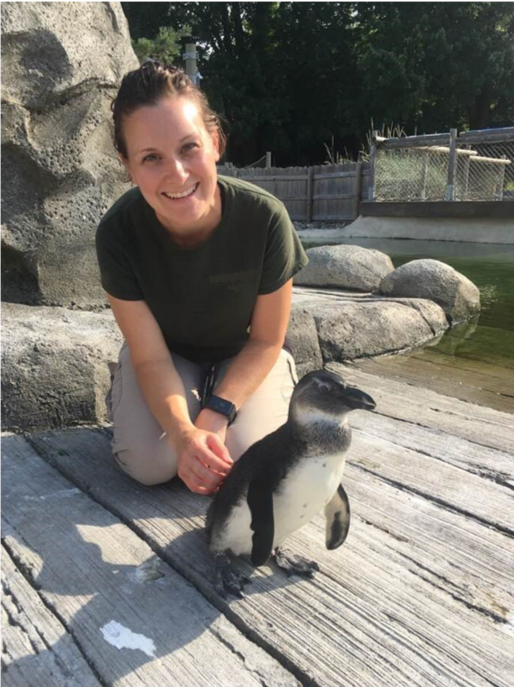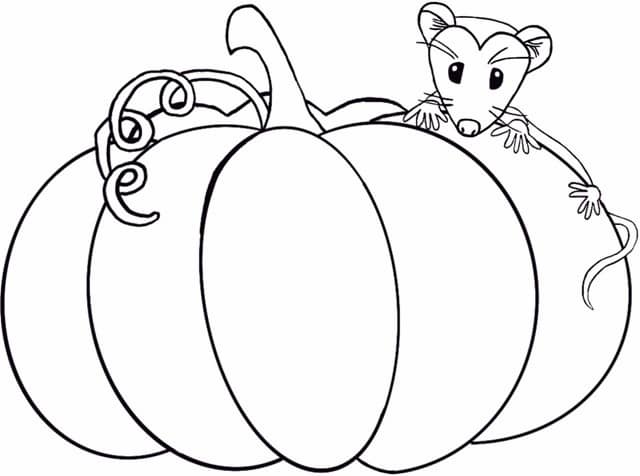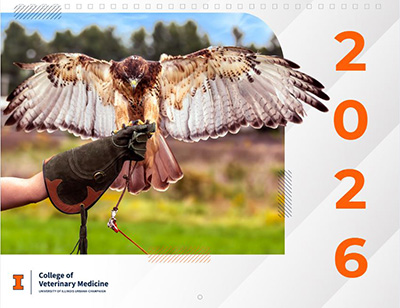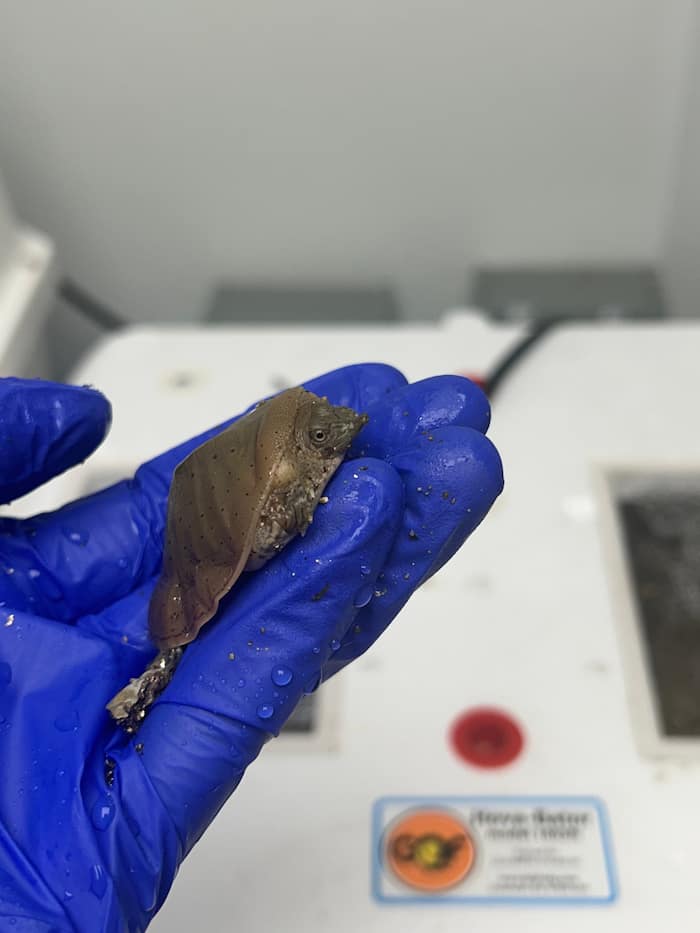The Wildlife Medical Clinic is happy to welcome our newest doctor to the team, Dr. Samantha Sander! Dr. Sander completed her veterinary training at the University of Illinois College of Veterinary Medicine in 2010. In the August of 2018, we were fortunate enough to welcome her back as a Lecturer in Zoo and Wildlife Medicine. As a part of this role, Dr. Sander helps to oversee and support the Wildlife Medical Clinic as well as the Zoological Medicine Service. We sat down with Dr. Sander to ask her some questions about returning to Champaign-Urbana and the WMC.
Sander! Dr. Sander completed her veterinary training at the University of Illinois College of Veterinary Medicine in 2010. In the August of 2018, we were fortunate enough to welcome her back as a Lecturer in Zoo and Wildlife Medicine. As a part of this role, Dr. Sander helps to oversee and support the Wildlife Medical Clinic as well as the Zoological Medicine Service. We sat down with Dr. Sander to ask her some questions about returning to Champaign-Urbana and the WMC.
Q: How does it feel to be back at the UIUC College of Veterinary Medicine and the Wildlife Medical Clinic?
A: I am excited to be back. I have fond memories of my time at UIUC. The main reason I wanted to come back was the Wildlife Medical Clinic. It is a phenomenal program. I’m excited to give back as a faculty member and help mentor students that volunteer in the clinic.
Q: Where did your career take you after graduating from the University of Illinois College of Veterinary Medicine?
A: After graduating, I completed 2 internships. The first was a small animal internship and my second was with the Zoological Medicine Department here at the University of Illinois. I then went on to complete a residency at the Smithsonian National Zoological Park. After finishing my residency and becoming board-certified by the American College of Zoological Medicine (ACZM), I worked as an Associate Veterinarian at the Maryland Zoo in Baltimore for 3 years.
Q: What path did your career take to bring you back to Wildlife Medical Clinic?
A: This position opened the door to more opportunities that would help me grow professionally. In this new position, I can give back to the Wildlife Medical Clinic while also pursing more teaching and research experiences. I am also not leaving the zoo world behind. I still consult regularly on zoo cases from our two local zoos, Miller Park Zoo and Scovill Zoo.
The thing I am most excited for is the opportunity to help students (both in the clinic and in class) appreciate that they know more than they think they do. Often times it feels like students are overloaded with information, so I am excited to help students apply that information and watch the light bulbs switch on.
Q: What initially sparked your interest in working as a wildlife veterinarian?
A: It has always been my plan to pursue wildlife and conservation medicine with a not-so-traditional path. I was happy I did a small animal internship before my zoo medicine internship to ensure I had a strong foundation in medicine that could then be extrapolated for non-traditional species.
I enjoy working with wildlife because of the challenges they pose. No two days are the same. There is a lot of variability and challenges that are associated with the different species we see. A lot of my job is taking the gold standard of care and adapting the approach for these zoological species. I enjoy getting to constantly think outside-the-box for my patients.
Q: As a student, what was your favorite part about working in the Wildlife Medical Clinic? How has this changed or not changed now that you are back as a faculty member?
A: A lot of things are similar. However, a lot of things have grown over the last 10 years. The most noticeable thing to me is the bigger emphasis on reaching out to the community. We work with the community to help the Wildlife Medical Clinic provide even better care to our patients and enhance our treatment abilities. This has always been the focus, but we are getting better at sharing our message more broadly within the community. By working together are can set higher expectations for ourselves and improve the outcomes of our patients.
Q: What is one thing you’d like more people to know about Wildlife Medical Clinic?
A: People assume that the Wildlife Medical Clinic has a full-time paid staff. They don’t recognize that from start to finish, 24 hours a day, the clinic is staffed by student volunteers. These volunteers dedicate so much time while simultaneously going through an incredibly difficult curriculum. They give their blood, sweat, and tears into this clinic. The students’ continued volunteer effort and elevated expectations for the type of care they provide continues to impress me.
Q: What has been your favorite case you’ve seen since coming back to the Wildlife Medical Clinic?
A: My favorite case thus has been a mourning dove that came in with a crop laceration. The crop is a small pouch that birds can temporarily store food in. The laceration needed to be sutured closed, and I got to help coach one of our summer interns through the procedure. At first, the student was nervous to do the procedure herself, but she took over and was able to suture the laceration closed. It was really rewarding to encourage this student to get through the case.
The mourning dove in question had a full recovery after the laceration was closed up. After a course of antibiotics and wound management, the patient was deemed healthy enough to be transferred to the Illinois Raptor Center. The patient will stay at the Illinois Raptor Center to develop the proper physical strength and behavioral traits to be successful in the wild.



